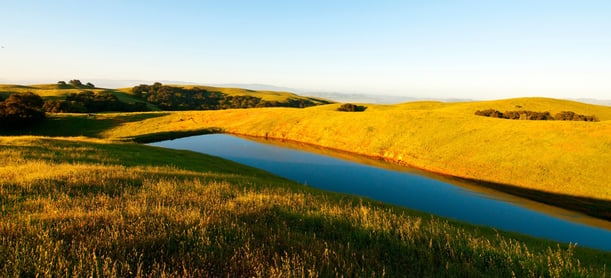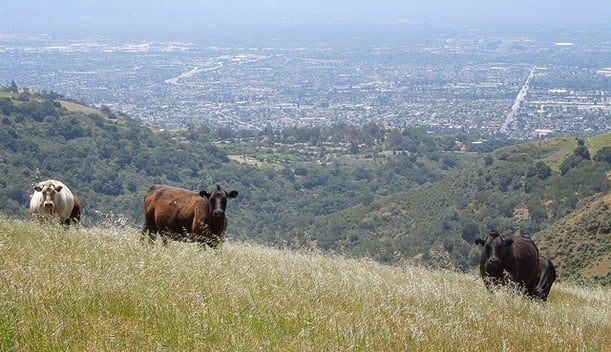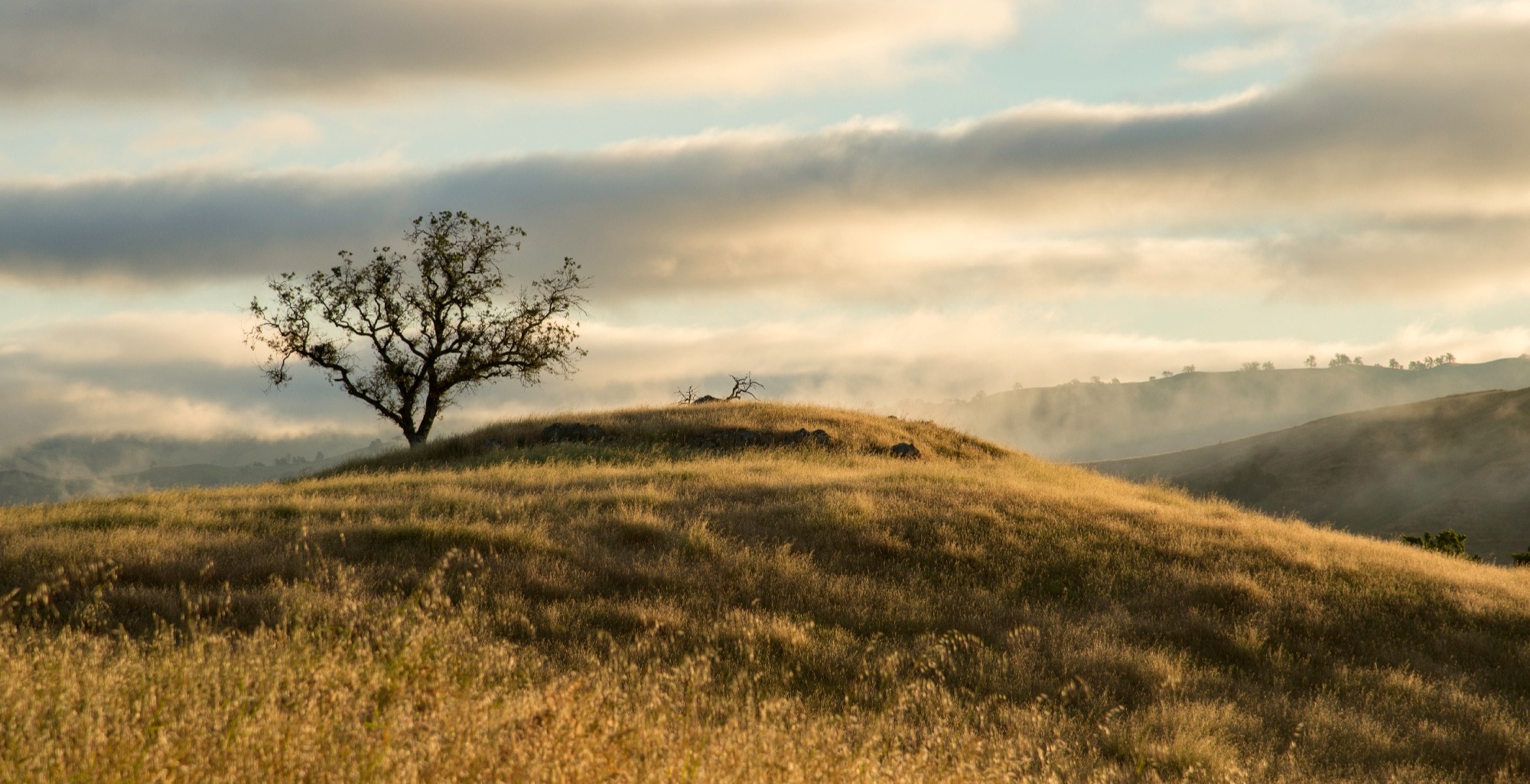Grasslands across North America are declining rapidly and with them, grassland birds, which are declining at a higher rate than any other group of birds across the continent. California is home to a considerable amount of grassland and oak savanna ecosystems, two of which – Sierra Vista and Diablo Foothills – are managed by the Authority. These habitats are of high ecological value, as they support a variety of rare and common bird species and contain healthy soil. Stewarding what’s left of these habitats must be an absolute priority. Monitoring these landscapes to maintain their well-being is a way to evaluate our stewardship practices.

At the end of last year, Point Blue Conservation Science released a report on the findings from recent monitoring done in two Open Space Authority preserves – Sierra Vista and Diablo Foothills. The data was gathered as part of the Rangeland Monitoring Network, a statewide effort to look at the trends on rangelands, or open country often used for grazing, and gather data to help inform land management practices.
One land management method used regularly by the Authority is conservation grazing. Prescribed grazing is conducted across the Authority's preserves to help maintain the grassland habitats, support biodiversity, control invasive species, and reduce wildfire risk - put simply, it’s done to keep the land healthy and continue its support of the ecosystem. Therefore, assessing the health of these lands is crucial.

Cattle grazing at Sierra Vista Open Space Preserve
While the Authority already monitors its rangelands, the Rangeland Monitoring Network provides a more comprehensive approach. The study looks at long-term trends, as well as soil, vegetation, and bird data, adding more information to residual dry matter (RDM) - old plant matter that is left on the ground at the beginning of a new growing season - that the Authority already monitors regularly.
The results of the study were promising. Both preserves combined were home to six breeding grassland focal species, two of which are of special concern. Additionally, both preserves are home to the rapidly declining Western Burrowing Owl, another species of concern that depends on grasslands. The preserves also support 13 Oak Woodland Bird Focal Species, and 107 plant species representing 38 families of plants. It is also worth noting that this research was conducted before the Crews Fire that burned through Diablo Foothills in the summer of 2020. The next study on these preserves will be in three years and will use this data as a reference.

The study’s findings will help the Authority learn about the ecological health of its rangelands and assess its land management practices, provide a good baseline dataset for future studies, and contribute to the Network’s statewide dataset.
The data gathered from this research will also help to ensure that the Authority’s use of grazing as a land management tool continues to be responsible and effective. Like any management tool, there are tradeoffs and too much intervention can cause more harm than good. This study will help the Authority maintain that its management targets are being met without damaging the habitat.

